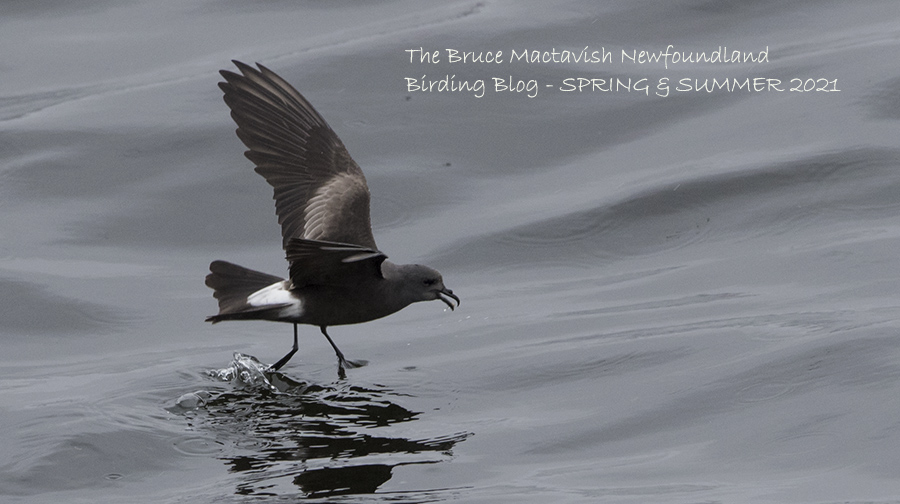On Wednesday (26 Nov) I was surprised to see two Snowy Owls at Cape Spear. Cape Spear gets only small numbers of Snowy Owls. It is almost an event when one actually shows up there. Two on the same day usually means something is up. But there had been no hint of a Snowy Owl influx this fall. That is until I realized that Diane Burton saw five Snowy Owls at Cape Freels on the same day. This confirms that something is up but it was still odd not to have any warning such as a few single Snowy Owl sightings prior to group sightings. There was of course a couple of single Snowy Owls that over summered at Cape Race and St. Shotts area and these were being seen regularly through September and October.
On Saturday I knew I had to check out the Snowy Owl scene at Cape Race. Cape Race at the south east end of the Avalon Peninsula and Newfoundland and Canada is a major collection area for Snowy Owls on the move. They have to stop here or head out over the water to never-never land (some do).
It was a perfect morning for counting Snowy Owls. Light winds, mostly cloudy and no snow cover. The white owls stick out for kilometres on the flat open tundra-like barrens. I was predicting double digit numbers. Maybe in the low teens but was prepared for 50 or more. It turned out to be 38 Snowy Owls. The birds close enough to reveal details were heavily barred as expected for birds of the year. One bird was strikingly white and small and was likely an adult male. Only a handful were close to the road. Since I was the first vehicle down the road at dawn I got the good looks.
After last fall/winter's mammoth invasion of Snowy Owls in which we know many suffered from starvation and died at Cape Race, it was with mixed emotion that I enjoyed looking at these beautiful birds again. They were looking fat and round and alert unlike the memories of some of the pathetic, barely alive, birds hanging on in January of this year.
We will see where this goes. The peak numbers may be yet to arrive. NW winds last night and NE winds tonight followed by more NW winds might help pile up more of them on the Avalon. There is meadow vole sign but could it ever be enough? There are plenty of shrews but they are not more than snacking on jelly beans to a Snowy Owl.
A fresh and alive looking Snowy Owl beside road to Cape Race, Newfoundland on 28 Nov 2014. It was continually looking around in all directions.
That Snowy Owl could be reduced to this! This is the remnants of a Snowy Owl photographed today that died at Cape Race last winter. In spring Snowy Owl skeletons with wing feathers attached were an all too common sight on the Cape Race barrens. There was some evidence of cannibalism. No carcass is wasted in desperate times.
In the theme of white, this Great Egret at Portugal Cove South could nourish a Snowy Owl within the next couple weeks as it is unlikely to leave now and is destined to freeze soon after the freshwater does.











